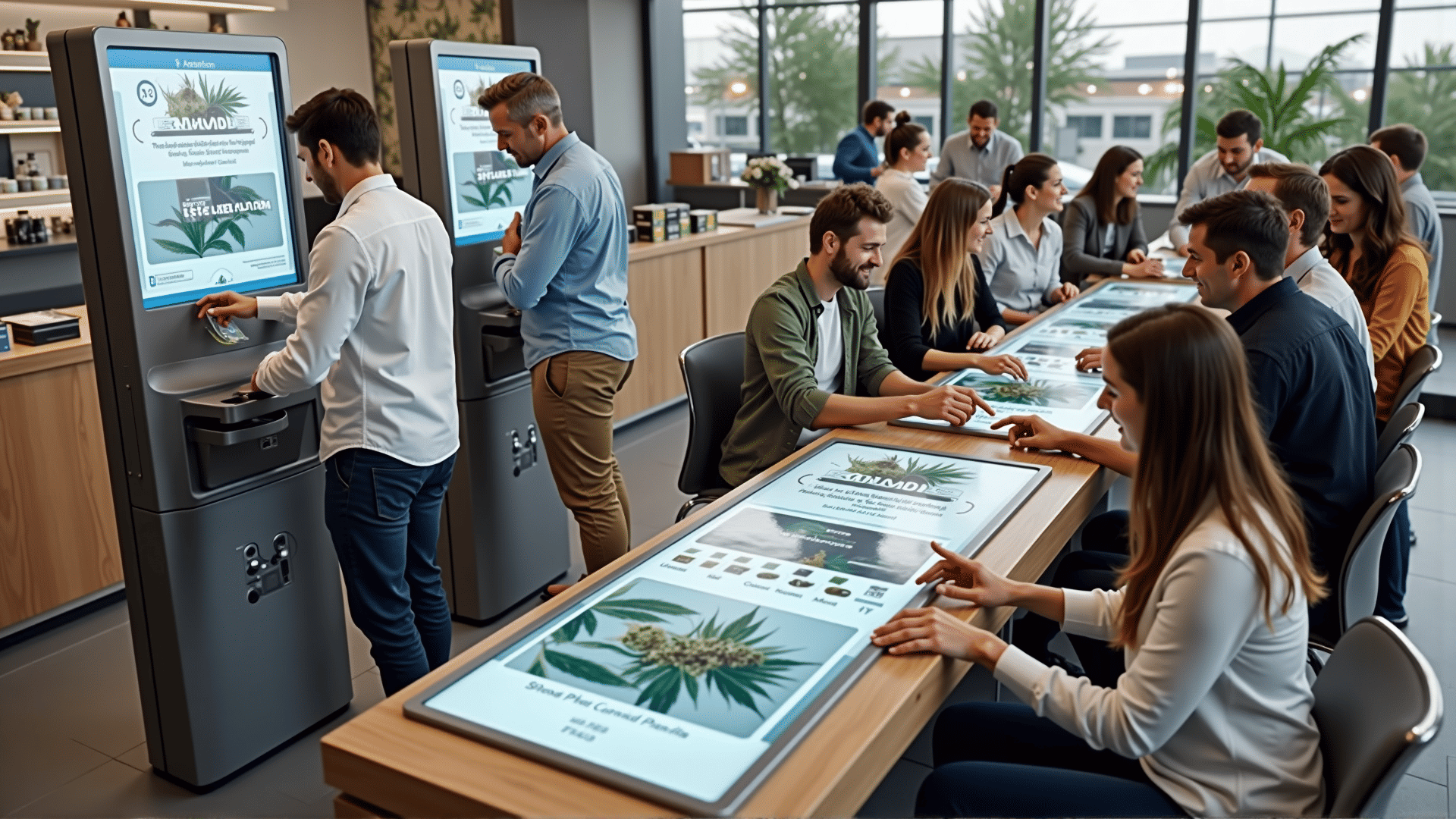In recent years, the retail landscape has undergone a dramatic transformation, with technology at the forefront of innovations designed to enhance customer experiences and streamline business operations. Cannabis retail, an industry that has seen exponential growth following wider legalization, is no exception to this trend. Among the most promising advancements are the integration of self-checkout systems and smart printed menus—a combination that promises to revolutionize how consumers interact with cannabis products.
The Rise of Self-Checkout Systems
Self-checkout systems have become increasingly prevalent in various retail sectors, thanks to their ability to expedite the purchasing process and reduce the need for extensive staff. In cannabis retail, these systems are leveraged to offer a faster, more discreet shopping experience. For many consumers, privacy is a key concern, whether due to lingering stigmas or personal preference. Self-checkouts cater to this by minimizing human interaction, allowing consumers to make their purchases efficiently and without the perception of judgment.
Implementing these systems requires careful attention to compliance, particularly given the stringent regulations governing cannabis sales. Advanced software ensures that only age-verified individuals can proceed with purchases, and programmed prompts can guide consumers through the process of reviewing products, verifying IDs, and completing transactions. This seamless interaction not only speeds up the service but also allows staff to focus on providing personalized assistance, ensuring those who need more guidance don't feel neglected.
Smart Printed Menus: Bridging the Digital and Physical
While the digital world has transformed many aspects of retail, the physical experience remains crucial—especially in the cannabis sector, where touch and aroma play significant roles in product selection. This is where smart printed menus come into play. These innovative tools provide an interactive bridge between traditional paper menus and digital enhancements. By incorporating QR codes, NFC technology, or even augmented reality features, smart menus offer a digital layer to the consumer experience.
Customers can simply scan a QR code on a smart menu to receive updates on special offers, view detailed product information, or even watch educational videos on product use and benefits. This real-time access to a wealth of information empowers consumers to make informed decisions quickly, enhancing their confidence and satisfaction. Moreover, smart menus can be easily updated to reflect changing inventories or promotional items, ensuring the information is always current without the cost and waste associated with reprinting traditional menus.
Enhanced Customer Satisfaction Through Integration
The marriage of self-checkout systems with smart printed menus represents a significant leap forward in customer service within cannabis retail. Together, these technologies not only speed up transactions but also enrich the shopping journey with education and ease. Customers can enjoy the convenience of swiftly checking out while simultaneously having access to detailed product information at their fingertips.
Retailers benefit as well, as these innovations can lead to reduced labor costs and increased efficiency. With staff free to assist where it can matter most, stores can focus on creating a welcoming environment, fostering a community vibe that many cannabis enthusiasts appreciate. Additionally, the insights gathered from digital interactions can provide invaluable data, helping retailers tailor the shopping experience to meet evolving consumer needs.
Conclusion
As the cannabis industry continues to mature, embracing technological innovations that enhance customer satisfaction and streamline operations will be crucial. Self-checkout systems and smart printed menus, with their ability to provide speed, discretion, and in-depth information, are paving the way for a more advanced and customer-centric form of cannabis retail. Retailers ready to invest in such technologies are likely to see not only improved customer loyalty but also a robust position in a competitive market landscape.
